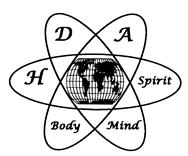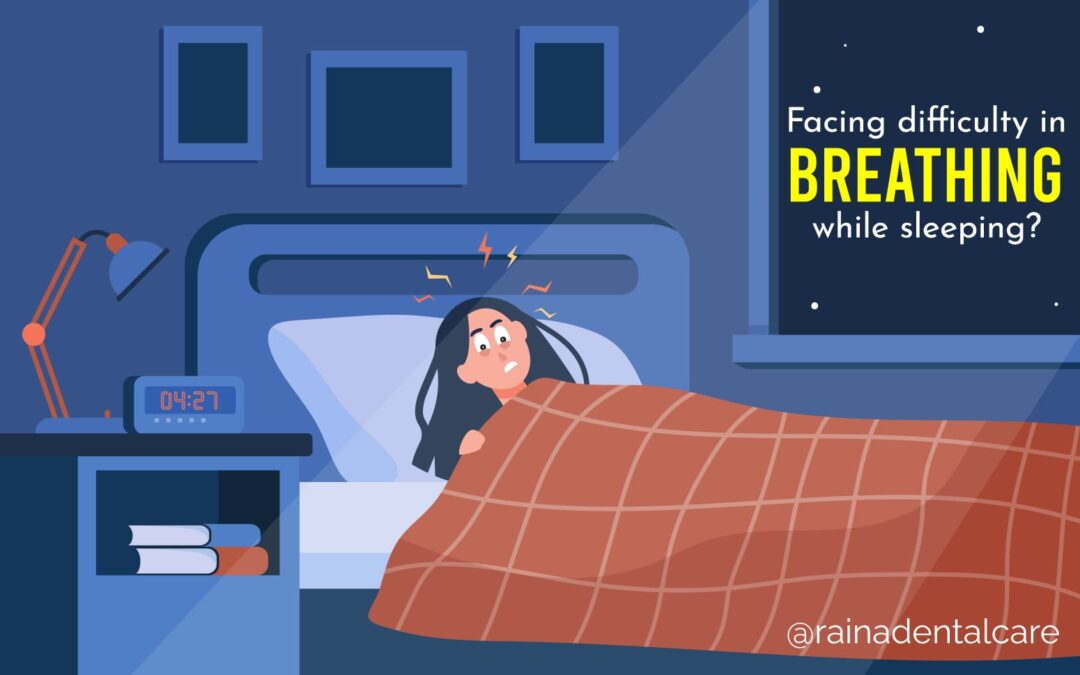Have you ever woken up in the middle of the night because you were experiencing discomfort in breathing? Has your bed partner ever complained about your bizarre sleeping habits?
What you might be experiencing is the Sleep Disorder Breathing, and it’s common nowadays.
Let’s first understand what does it mean.
Sleep Disorder Breathing, scientifically known as Sleep Apnoea, is a critical sleep disorder that occurs when a persons’ breathing is interrupted during sleep. People with untreated sleep apnoea stop breathing many times during sleep, sometimes hundreds of times during the night.
Often the first signs of obstructive sleep apnoea (OSA) are recognized not by the patient, but by their bed partner. Many of those affected have no sleep complaints. The most common symptoms of OSA include snoring, daytime sleepiness, restlessness during sleep, sudden awakenings with a sensation of gasping or choking, dry mouth or sore throat upon awakening, night sweats, and headaches.
If you’re diagnosed with OSA, you can choose either of the treatment options. Generally, the gold standard for treating OSA is a continuous positive airway pressure (CPAP) machine. For various reasons, CPAP may not work effectively. Another option is oral appliance therapy which resembles a mouth guard used by athletes.
For patients with mild to moderate obstructive sleep apnoea, dental appliances or oral mandibular advancement devices which prevent the tongue from blocking the throat and/or advance the lower jaw forward can be made. These devices help keep the airway open during sleep. A Sleep specialist and dentist with expertise in oral appliances for this purpose should jointly determine if this treatment is best for you.
To state a few benefits of this method:
• It improves the symptoms of OSA, including daytime sleepiness, moodiness, concentration issues, and reduces or eliminates snoring.
• It offers an alternative for people who cannot tolerate CPAP
• It is easier to take along when traveling
• It works without electricity
At Raina Dental Care, we give you the treatment which suits you the best and helps holistically.
Our usual process goes like this:
After analysing the severity of your condition, we make an impression of your teeth for making the device for you. Later you will also be given a morning repositioner to realign your bite after the appliance is removed. You will also be told how to use it effectively.If needed, you might also have to come back to the Clinic for further custom adjustments to optimize care. Once care is provided, it is required for you to have another sleep test to see how the appliance is working for you.



